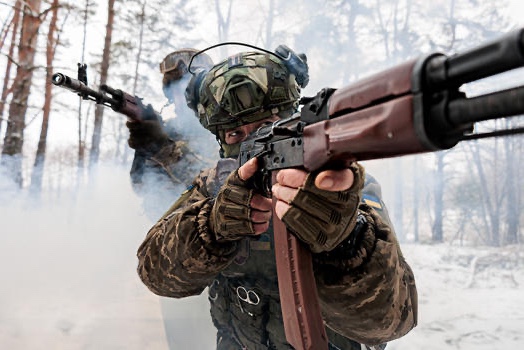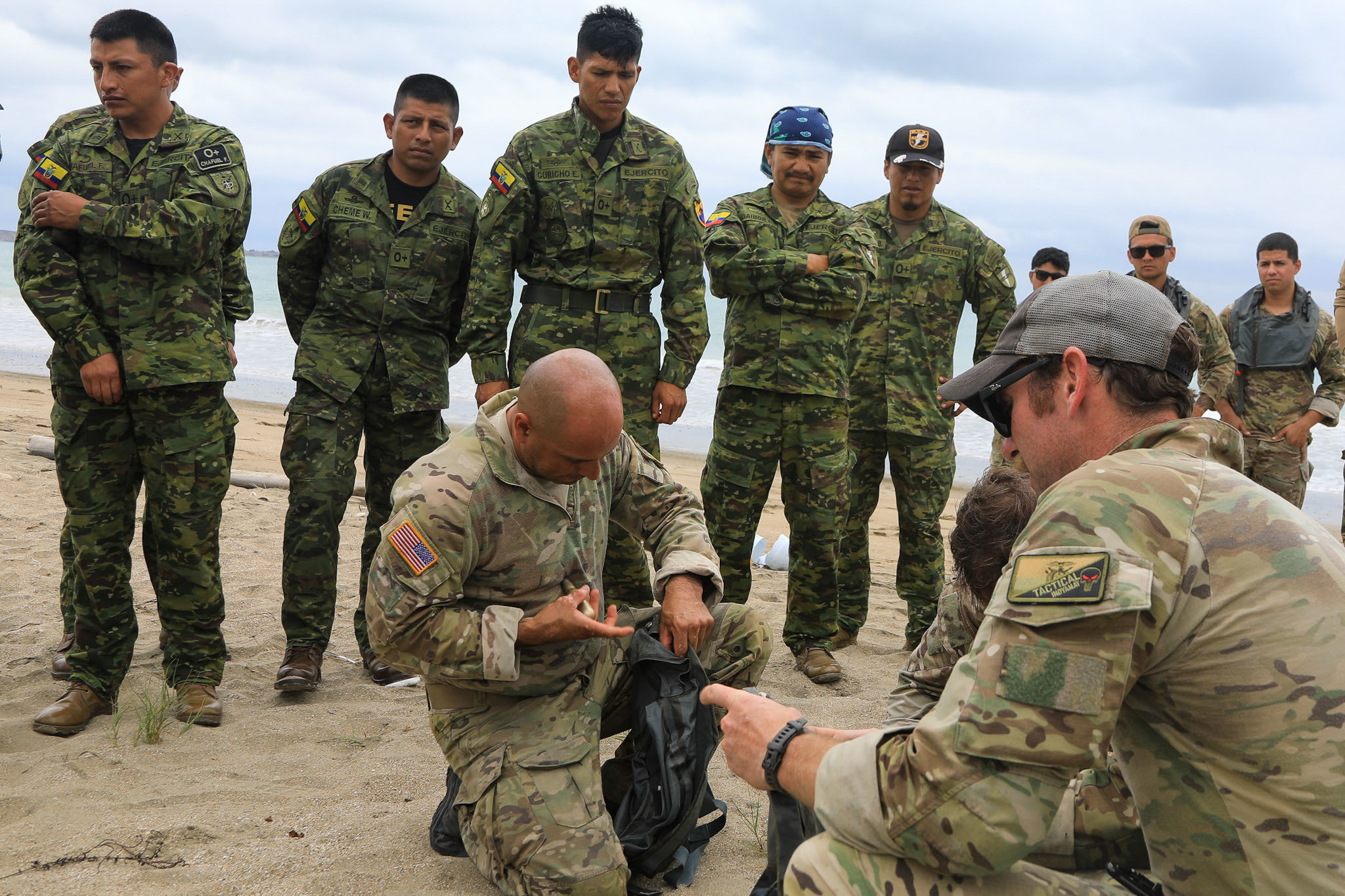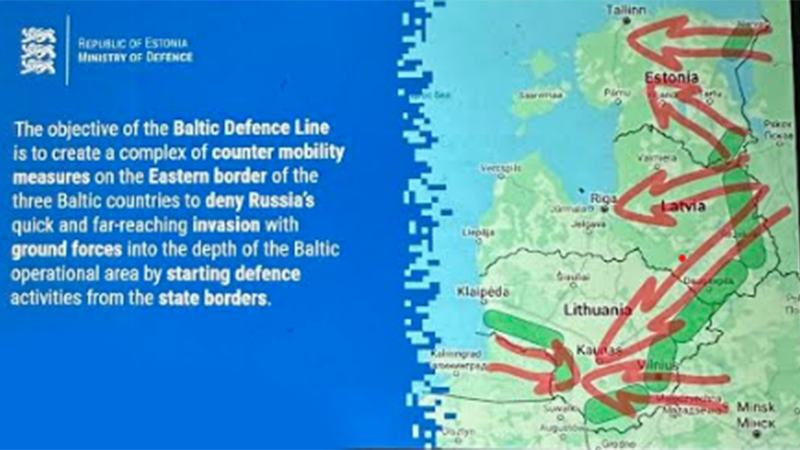(330) 01-13-2024-to-01-19-2024__****THE****WINDS****of****WAR****
(331) 01-20-2024-to-01-26-2024__****THE****WINDS****of****WAR****
(332) 01-27-2024-to-02-02-2024__****THE****WINDS****of****WAR****
------------------------------------------------------------------------------------------------------------------
Hummmm..................
Posted for fair use......

Preparing for the 'what if's: AC, Pantex host mass fatality response conference
Amarillo College and Pantex invited Texas Panhandle organizations to their first "How to respond to a Mass Fatality Incident" Conference this week.
www.amarillo.com
NEWS
Preparing for the 'what if's: AC, Pantex host mass fatality response conference
Brianna MaestasAmarillo Globe-News
Published 4:09 a.m. CT Feb. 3, 2024 | Updated 4:09 a.m. CT Feb. 3, 2024,
Amarillo College (AC), in collaboration with Pantex, hosted a "How to respond to a Mass Fatality Incident" Conference on Friday, held in the college's West Campus Building A.
According to a news release,a mass fatality event is described as an event when the number of deaths caused either by force of nature, accident or terror, exceeds local authorities' ability to handle the situation, and when assistance from outside a given jurisdiction is necessitated.
AC stated the goal of this conference is to teach participants the basics of mass fatality response while providing them with opportunities to brainstorm collaborative solutions to simulated emergencies.
"In Amarillo, we are kind of a community where we aren't exactly close to anyone, so we are very self sufficient. We are really interdependent on each other to help one another in these types of events, and it is very important that we have these moments for all these different organizations to come together and talk about these things to help further those 'what if' planning processes, so in the event of one of these emergencies, we aren't playing catchup," Jeff Wallick, Director of Safety and Environmental Technology at AC, said.
Prior to the conference, AC and Pantex invited local first responders, hospital administrators, municipal emergency management personnel, public information officers, funeral home directors and more from across the Texas Panhandle to learn about the best course of action for each organization in the event of different mass casualty situations.
"Today's class is focused on mass fatalities, and that could be described with as little as four people or something much larger. A good example would be the Oklahoma City bomb, so when we look at those type of situations, we wanted to bring these folks to this type of training to help them gain the knowledge and help them understand how we can communicate with one another, in the event of those types of emergencies," Terrel Chambers, nuclear weapons training advisor at Pantex, said.
Chambers said that in the conference, the different organizations were able to pull from their personal experiences, utilizing examples from the COVID-19 pandemic and the Perryton tornado disasters, to discuss former unforeseen issues and circumstances within each of their organizations and ways that they addressed those issues.
"When we have a mass fatality situation, it stretches our resources, and so by coming here today, these organizations are learning what to do, who to communicate with, and how to proceed in the event of these situations so that we address these mass fatality events as efficiently and as safely as possible," Chambers said.
According to Wallick, this was the first mass fatality response conference held between the two organizations. With the turnout of approximately 45 organizations and individuals, the two groups are looking forward to hosting similar preventative conference discussions more often.
To learn more about AC or Pantex, visit their official websites or follow them on Facebook.




:quality(70)/cloudfront-us-east-1.images.arcpublishing.com/archetype/747CV47T6NBN3JUVNTLW66VRM4.jpg)






:quality(70)/cloudfront-us-east-1.images.arcpublishing.com/archetype/HAXAWDMFWRDGJNWUZO2PQKBEUU.jpg)
:quality(70)/cloudfront-us-east-1.images.arcpublishing.com/archetype/YHK3SOWUJNA4NL7JG6N4E5YEME.png)


